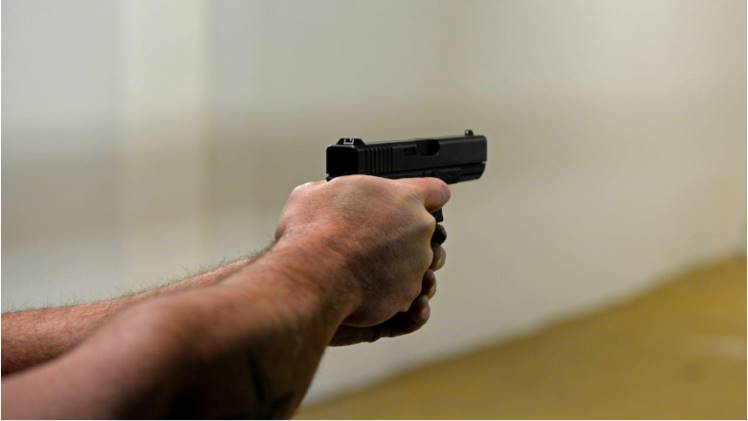6 Ways Firearms Training Can Enhance Your NHL Forecasting Skills

At first glance, firearms training and NHL forecasting might seem like completely different worlds. But look closer, and you’ll notice they share a strikingly similar set of skills: risk assessment, quick decision-making, precision, tactical planning, team coordination, and mental resilience.
Let’s explore how these strategies from firearms training can significantly enhance your NHL forecasting skills.
Risk Assessment
Risk assessment is a critical component in both firearms training and NHL forecasting. It involves analyzing potential outcomes and finding ways to mitigate risks.
In firearms training, risk assessment might mean considering the potential for collateral damage or understanding the environment’s impact on the shot. In NHL forecasting, it could involve analyzing a team’s past performance, examining player injuries, and assessing the opposition’s strategies.
These insights help forecasters predict game outcomes more accurately and make informed decisions.
Quick Decision Making
Firearms training often requires making split-second decisions under pressure. This skill is just as vital in NHL Predictions, where timely decisions can mean the difference between accurate predictions and missed opportunities.
For instance, a firearms trainee might need to choose between multiple targets in a fraction of a second. Similarly, an NHL forecaster performs under time pressure, quickly analyzing data and making predictions before game time.
Precision and Accuracy
Just as precision and accuracy are crucial in hitting a target in firearms training, they play a significant role in NHL forecasting. Inaccuracy in either field can result in missed targets or incorrect predictions.
In firearms training, precision means hitting the target accurately, while in NHL forecasting, it involves making predictions that closely align with the actual game outcomes. Developing a keen eye for detail and practicing consistently can greatly enhance precision and accuracy in both fields.
Tactical Planning
Tactical planning in firearms training might involve strategizing the best position for a shot, considering wind direction and speed, and choosing the right firearm for the distance by initially looking for the Cheapest guns for sale online.
Similarly, in NHL forecasting, tactical planning might involve analyzing team strategies, identifying patterns in a team’s or player’s performance, and selecting the right statistical models for predictions.
By applying these tactical planning strategies, forecasters can enhance their predictions’ accuracy and effectiveness.
Team Coordination
Firearms training, particularly in team-based scenarios, emphasizes coordination and communication among team members. This principle applies directly to NHL forecasting teams, where effective collaboration can lead to more accurate and comprehensive predictions.
In both fields, understanding each member’s role, maintaining clear communication, and coordinating efforts towards a common goal can significantly improve overall performance.
Effective team coordination in firearms training and NHL forecasting also involves trust, respect, and support among team members. In high-stress situations, such as during a game or a training exercise, being able to rely on your team members’ skills and expertise is crucial.
Mental Resilience
Lastly, firearms training builds mental resilience, teaching individuals to remain calm and focused under pressure. This skill is equally important in NHL forecasting, where high-stakes decisions and rapidly changing scenarios can create significant stress.
By developing mental resilience, NHL forecasters can maintain clarity of thought during high-pressure situations, make more accurate predictions, and navigate challenges with greater ease.




